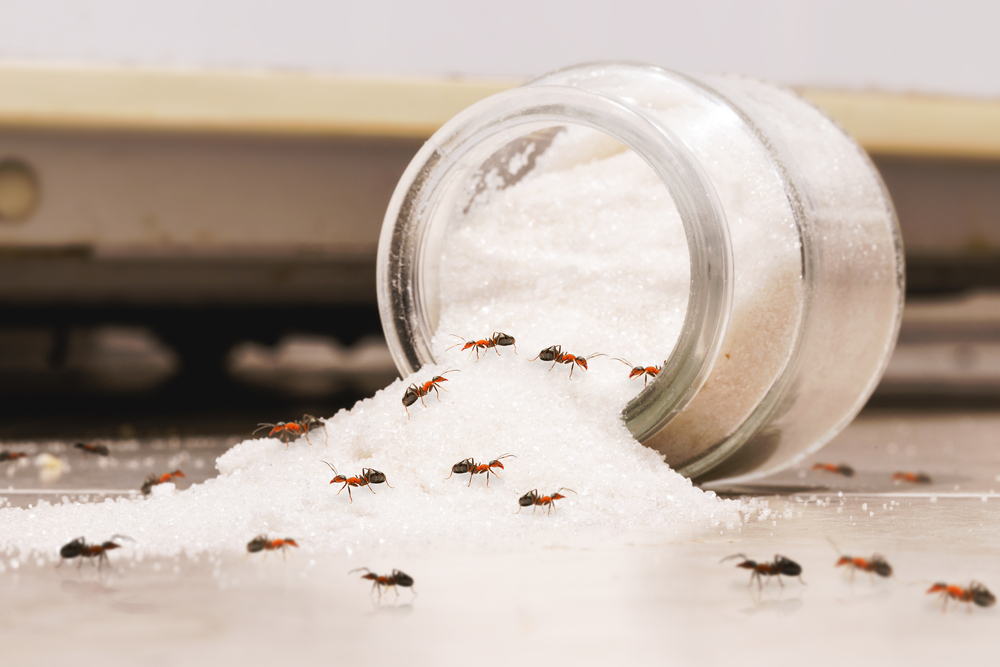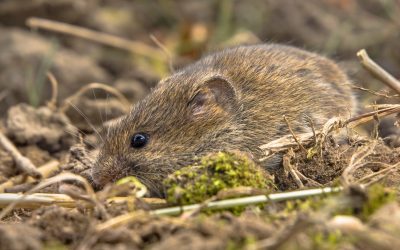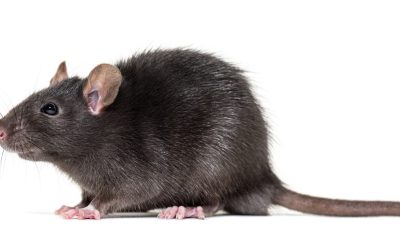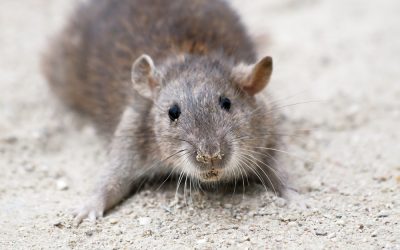Sugar ants are a common pest that can quickly become a homeowner’s worst nightmare. These creepy creatures are very irritating and can fill your home in their ravaging numbers before you know it. They have earned their name because of their interest in infesting stored food like sugar and other sweet food in general. Although they are called sugar ants, that doesn’t make sugar their only source of sustenance. In fact, their appetite is always changing causing them to cling to any food crumbs you have around your house.
If these insects intrigue you or your house is currently filled with them, keep reading to learn exactly how to deal with them.
What are sugar ants?
Sugar ants are small house pests that do not sting or bite but invade properties in large numbers searching for food. The name “sugar ants” is used to refer to a variety of ant species including Pharoah Ants, Argentine Ants, and Ghost Ants. They are professionally known as odorous house ants or OHA.
Although you can find them at any time, sugar ants usually come searching for food after rainy weather. They are small in size but are budding ants, which means that they have several queens within their colonies, unlike other ant species. The budding process occurs when a queen leaves the colony with a group of workers to establish their nest somewhere else. Additionally, sugar ants use reproduction as a means of defense and protection when they sense an attack.
How long do sugar ants live?
Sugar ants have between 100 to 10,000 ants in a colony and they can collectively live anywhere from five weeks to seven months. However, exactly how long they live will largely depend on the weather and season. If the conditions are right, female sugar ants and workers can live for several years. Males, on the other hand, live only a few days.
How can you identify sugar ants?
There are many types of ants you can encounter in your home. Apart from their size, an obvious sign that you are dealing with sugar ants is that they do not bite or sting. Other characteristics of sugar ants include their color: they range from black to brown. They are about 2.5 to 3 mm in length and possess 12 distinct antennae segments. Sugar ants also have a distinct rotten coconut smell when you crush them. They are easily confused with other ants but a professional pest control service can help you identify whether you have a sugar ant infestation.
Where do sugar ants come from?
Sugar ants do not set up molds like other ant species. They prefer water sources like your pipes and outdoor areas like vegetation and rocks. They also stay near food sources. If the weather has been rainy recently or if you watered your garden, you may begin to notice sugar ants pop up around your house. If they find a food source in the house, they are likely to stay much longer.
How did sugar ants get in your house?
You can find sugar ant nests around wet areas or under plants in your garden. If they have settled near your property, the worker ants will set out in search of food for the colony. When they do find food, they will carry the food to their nests for the others and maintain this process.
Can you prevent a sugar ants problem?
To stop sugar ants from invading your house, you should:
- Keep all foods in tight containers and keep their lids sealed.
- Try to minimize food crumbs, especially those of sweet and sugary foods.
- Keep wet areas to the bare minimum.
- Vacuum your kitchen and areas where you eat often and wash your dishwasher to find any lurking ants.
- Keep your counters and floors clean.
- Wipe off all surfaces after every meal.
- Reducing the wetness and crumbs of sugary foods as much as possible can keep sugar ants away from your home.
How to know if you have a sugar ant infestation
To know if you have a sugar ant infestation, you should look around your garden, particularly under plants and in any wet areas of your home, in search of a colony that might be traveling around your house. You should also check your sugary foods and any containers they might be in. If you find a few sugar ants, it’s likely a colony isn’t far away.
You should contact a pest control company like Shoreline Pest Services to help you detect any sugar ant colony around your house.
Get rid of sugar ants
Homeowners make the mistake of crushing sugar ants when they find them and think this will resolve the issue. However, the danger with doing this is that these ants are merely the workers. The rest of the colony and the queens are permanently in their nest. When the workers do not come back, the queens will simply reproduce faster to increase the ant population against attackers.
While an infestation can be disheartening, a professional pest control company like Shoreline Pest Services can help you get rid of sugar ants fast. We will use specialized equipment and our expertise in handling this ant species to make your house free of them. If you’re struggling with an infestation, contact us today to schedule an inspection, and let’s rid your home of this and any other pest in no time!





0 Comments